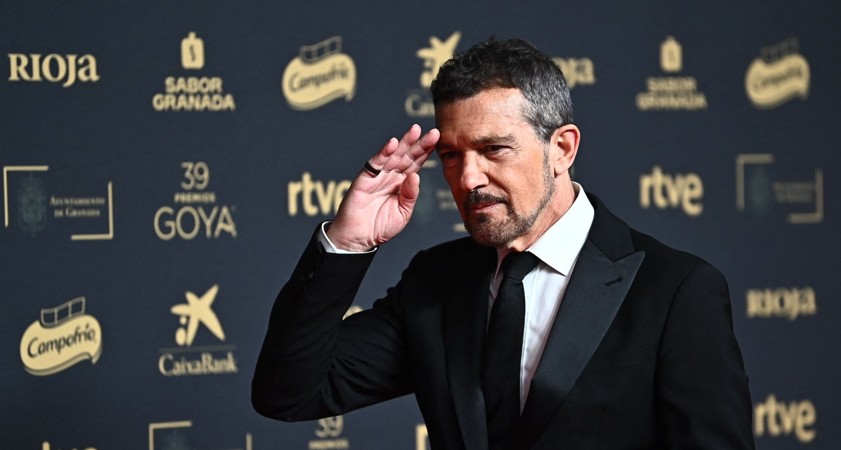
In 1985, Domenico Dolce and Stefano Gabbana, two emerging designers, established Dolce and Gabbana, a brand that would rise to become a fashion powerhouse. Domenico, a native of Polizzi Generosa in Sicily, and Stefano, from Milan, combined their contrasting backgrounds to create a signature style blending northern sophistication with southern extravagance.
Their debut Milan collection immediately garnered attention for its celebration of Mediterranean allure and empowered womanhood. Through their innovative use of corsets, lace, and animal prints, they redefined the glamour of the 1980s, establishing themselves as a distinctive and daring force in Italian fashion. Sicily, in particular, served not merely as a backdrop, but as the very essence of Dolce and Gabbana’s artistic expression.
Domenico’s upbringing in the Palermo province deeply informs Dolce & Gabbana’s aesthetic, acting as a constant source of inspiration. Sicilian baroque architecture, religious symbols, traditional clothing, and vibrant street markets frequently appear as tributes in their collections. The designers masterfully translate cultural heritage into high fashion, blending nostalgic elements with contemporary flair.
Their designs, from mourning lace to ecclesiastical goldwork, narrate tales deeply embedded in Sicilian tradition. Dolce & Gabbana elevate ordinary Sicilian visuals into lavish couture, showcasing a distinctive cultural pride and artistry rarely witnessed in global brands.
Defining the Dolce and Gabbana woman – The Dolce and Gabbana woman exudes unapologetic sensuality, strength, and glamour through figure-hugging designs, daring necklines, and lavishly textured materials reminiscent of both historical royalty and contemporary screen sirens. This aesthetic served as a sharp contrast to the androgynous trends of the 1980s, presenting a distinctly feminine alternative.
Celebrated figures such as Monica Bellucci, Sophia Loren, and Naomi Campbell became iconic representatives of the brand, personifying its bold beauty and Mediterranean essence. Inspired by these muses, the designers crafted collections that blended classic grandeur with red-carpet allure.

Global expansion – In the 1990s, Dolce & Gabbana’s brand broadened to encompass menswear, perfumes, accessories, and home goods. Their international ascent was rapid, marked by boutique openings in prominent cities and a celebrity clientele featuring Madonna, Kylie Minogue, and Angelina Jolie. Their runway presentations transformed into elaborate spectacles, intertwining fashion with narrative and cultural observations. Each collection served as a declaration of identity, frequently showcasing models of diverse sizes and ages—an uncommon practice then. The Milan flagship store materialized as an emblem of their worldwide expansion and artistic aspirations.
Dolce and Gabbana, like many prominent personalities, have experienced periods of controversy. Certain public pronouncements and marketing initiatives have drawn criticism and boycott efforts. However, the brand has demonstrated an ability to learn and adapt. They’ve adjusted their communication strategies and branding while preserving their distinctive design identity. Navigating these public relations challenges while remaining consistent with their established aesthetic has tested, and ultimately proven, the brand’s enduring strength.
Italian identity – Dolce and Gabbana have consistently presented themselves as champions of Italian style, particularly that of the Palermo region. The brand is dedicated to preserving traditional Italian artistry, frequently collaborating with local artisans to produce intricate embroidery, delicate lace, and refined tailoring that honors time-honored methods.
Their Alta Moda collection embodies the highest expression of this philosophy, featuring unique, handcrafted garments showcased in historically significant Italian settings. These events pay tribute to Italy’s rich cultural tapestry, encompassing music and architecture, solidifying the brand’s identity as not just a fashion house, but a reverent tribute to its heritage.
Dolce and Gabbana’s brand extends far beyond apparel, encompassing a successful array of products that amplify their core image. Their popular fragrances, such as Light Blue, evoke the essence of a Mediterranean summer. This aesthetic carries into their cosmetics line, characterized by striking color selections and opulent presentation. The brand’s commitment to detail and Sicilian influences also shines through in their children’s lines and eyewear. By curating a complete fashion and beauty experience, Dolce and Gabbana encourage consumers to embrace their designs as a lifestyle.
Even with their global acclaim, Dolce and Gabbana remain deeply connected to their Palermo origins. Their investments in local communities, Sicilian village Alta Moda shows, and support for regional artisans underscore this connection. In a fashion world often driven by global trends, their dedication to their roots is exceptional. This unwavering loyalty has become integral to their brand, distinguishing them as designers who are also cultural ambassadors. By showcasing Sicilian culture on a world stage, they have elevated regional pride to international renown.

Dolce and Gabbana have become synonymous with Italian luxury, celebrated for their maximalist aesthetic and deep-seated affection for their Italian heritage. Their impact extends beyond their own creations, inspiring a broader resurgence of intricate embellishments, feminine silhouettes, and artisanal techniques within the fashion world.
As they move forward, Dolce and Gabbana are committed to both innovation and their core values. From embracing cutting-edge digital approaches to developing eco-conscious lines and engaging in meaningful cultural endeavors, the brand persistently strives to craft beauty that is intrinsically linked to the spirit of their Sicilian origins.
Dolce & Gabbana is more than just a fashion brand; it is a celebration of Italian culture, a testament to the power of bold design, and a reminder that fashion can be both extravagant and deeply personal. Their legacy will continue to inspire designers and fashion lovers for years to come.







